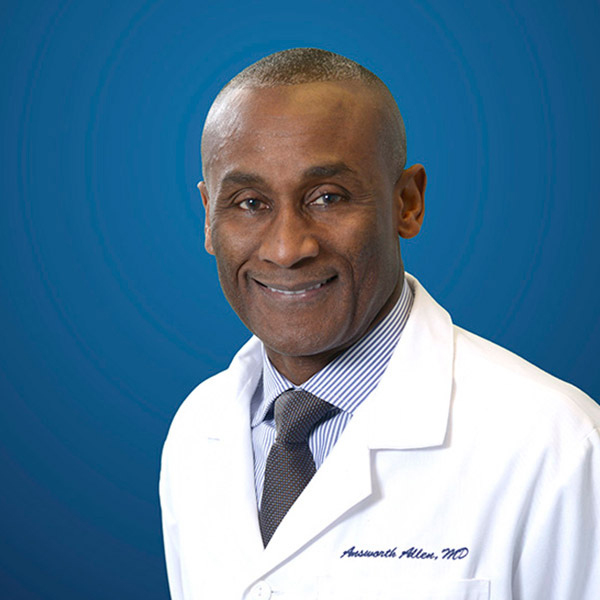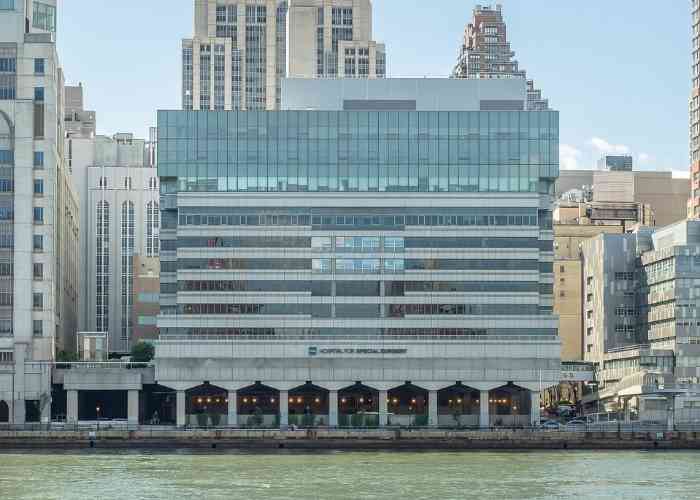What is a knee arthroscopy?
A knee arthroscopy, or “keyhole” surgery, is a common surgical procedure used to diagnose and treat conditions within the knee joint. This minimally invasive surgical approach inserts a small camera (arthroscope) and specialized surgical instruments through small incisions to visualize and repair damaged structures within and around the knee. Patients that elect for a knee arthroscopy can expect decreased pain and inflammation following the procedure as well as a reduced risk of infection and blood loss during the procedure. Dr. Answorth A. Allen, orthopedic knee surgeon, treats patients in Manhattan, New York City, Westchester, Long Island and surrounding areas who are in need of a knee arthroscopy.

Is knee arthroscopy new?
The introduction of arthroscopy can be traced back to Masaki Watanabe, MD, a Japanese surgeon who designed the first operating arthroscope in 1912. Dr. Heshmet Shahriaree later experimented with methods for menisci removal and collaborated with Dr. Sakae Takeda to improve intra-articular photography. Progress in fiber optics continued during the 1970s and 1980s with the continued evolution of surgical studies and techniques since that time. In today’s medicine, knee arthroscopy is a common and generally relied upon surgical technique for knee conditions and treatments.
What types of knee injuries can be repaired arthroscopically?
There are a variety of treatments that utilize an arthroscopic surgical approach, including:
What happens during a knee arthroscopy?
The majority of arthroscopic knee surgeries are performed as an outpatient procedure as the recovery period is generally shorter than a traditional open surgery. The patient is placed under regional anesthetic block prior to surgery. To begin, Dr. Allen will make 2-3 small incisions around the knee. A sterile solution is then introduced to increase the visibility of the structures within the knee joint through the arthroscope (small camera). The arthroscope is then inserted through one of the portals where the images are relayed onto a screen for Dr. Allen to visualize the bone, tendons, and ligaments of the knee joint. Based upon Dr. Allen’s intra-operative findings, specialized surgical instruments are utilized to repair or remove any damage to the structures visualized through the arthroscope. Once the injured structures have been addressed, the arthroscope and surgical instruments are removed, and a small suture or steri-strips are applied to close the incisions.
What is the recovery period like after arthroscopic knee surgery?
The recovery period following a knee arthroscopy is largely dependent upon the patient’s willingness to follow post-operative care instructions provided by Dr. Allen. Minimally invasive procedures typically produce faster recovery periods; however, the ligaments, bones, and tendons still take the same amount of time to heal. In general, patients in New York can expect the following:
- Adhering to and completing a physical therapy rehabilitation program is crucial to arthroscopic surgery success. Dr. Allen will make his recommendations for the timing of physical therapy based on his intra-operative findings.
- A combination of rest, ice, and non-steroidal anti-inflammatory medications for pain management.
- Most patients are able to return to their normal daily activities within 6-8 weeks following a successful arthroscopic knee surgery.
Complex Knee Surgeon

Have you sustained a recent knee injury? Certain knee injuries can be treated with knee arthroscopy, a minimally invasive surgical technique. This method is often recommended because of its reduced risks and rapid recovery period. Complex knee surgeon Doctor Answorth Allen treats patients in Manhattan, New York City, Westchester, Long Island and surrounding areas who have experienced knee injuries. To restore your knee’s ability, contact Dr. Allen’s team today!






